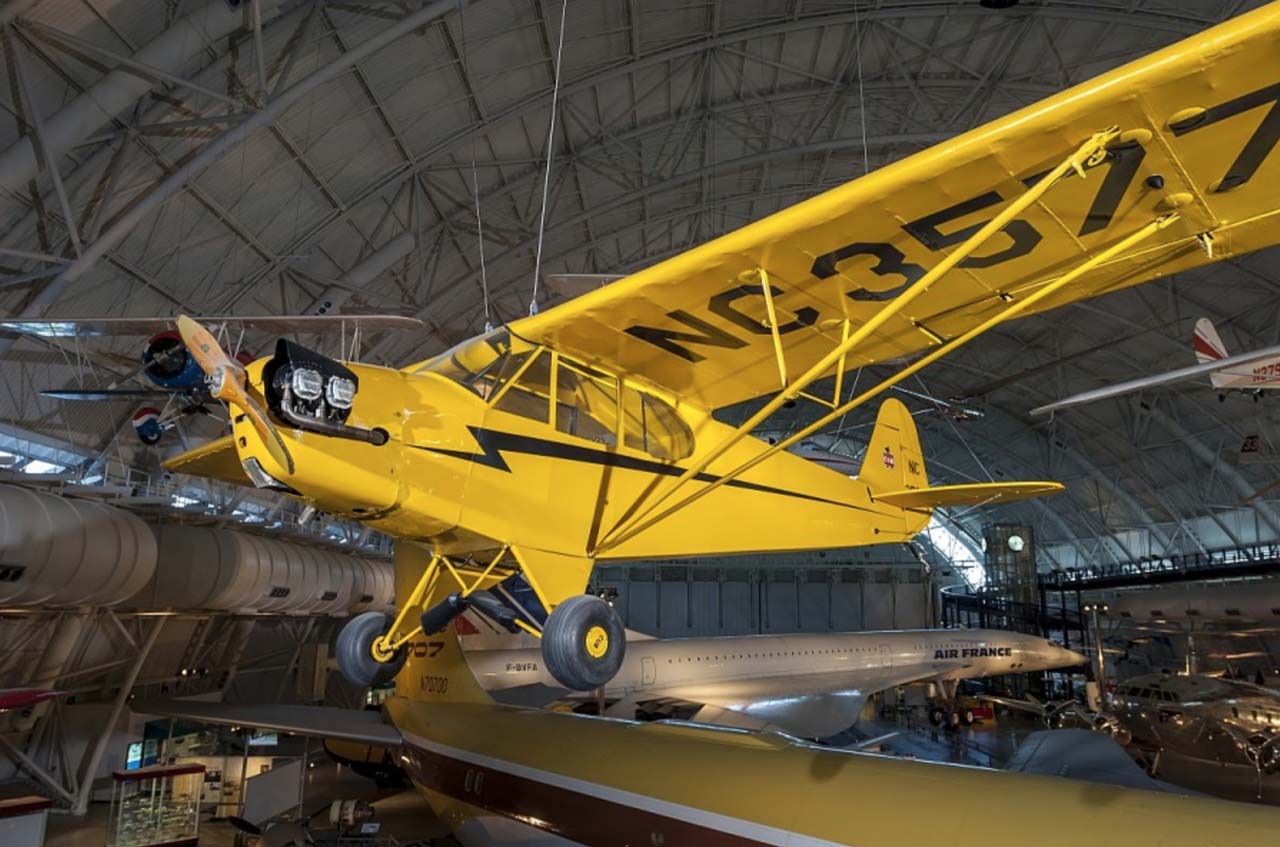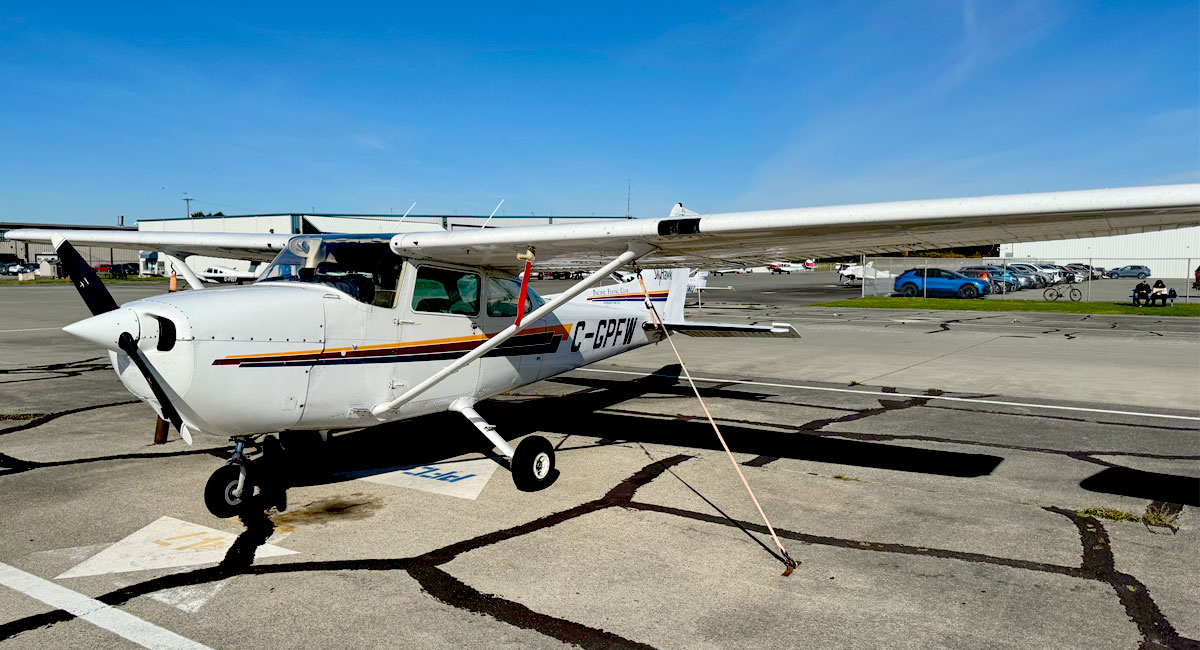
The Evolution of General Aviation Aircraft: What’s Changed Over the Years?
Piper J-3 Cub: distinctive yellow, high-wing light monoplane with tailwheel; trainer and sport aviation; Continental A-65, 65 hp engine. Photo courtesy of National Air and

At Pacific Flying Club, our simulator program is fully integrated, from Private Pilot (PPL) instrument training all the way through to complex Multi-Engine (ME) and Instrument Flight Rules (IFR) training. Here’s how it’s structured and why it works.
PFC operates the following simulators, each serving specific training roles:
Simulator hours form essential components of your training:
The result: fewer surprises in the airplane, faster proficiency, and lower overall training costs.
Expect detailed realism:
Redbird’s full-motion base adds a kinesthetic element you won’t find elsewhere:
ProgramAircraft/SimKey Training Focus
“Working in the ALX before flying the Seminole made ME jumps so much smoother. Having practiced V1 cuts, my confidence was real.”
“Redbird forced me to develop muscle memory in unusual attitudes — when it hit me, I reacted without thinking twice.”
“Being able to pause halfway through an IFR approach and get immediate feedback saved me hours in the aircraft.”
To maximize every hour:
Booking plug-in: You’ll find SIM slots in the online system — ideal for pairing with ground reviews on IFR or multi-checklists.
All programs at PFC reference sim in their syllabi. Your instructor will assign sim time as soon as you’ve covered the theory in ground school. As you accumulate sim hours, you’ll notice:
And once you achieve your rating, the skills you build in the sim help onboard advanced training or airline interviews.
Call us at 604.946.0011 to book a SIM session. You’ll see the ALX and Redbird setups and discuss how your training plan incorporates simulation time.
Bottom line: PFC’s sim program is more than procedural reps — it’s a tailored, staged development of situational control, instrument discipline, and emergency readiness. If you’re targeting a career as a pilot, including CPL, IFR, ME, or aspiring toward an MCC or jets, early investment in ALX and Redbird pays dividends in proficiency — and safety.

Piper J-3 Cub: distinctive yellow, high-wing light monoplane with tailwheel; trainer and sport aviation; Continental A-65, 65 hp engine. Photo courtesy of National Air and

Photo of Clayoquot Sound by Jordan Giesbrecht courtesy of Tourism Tofino. Scenic Flights in North America offer more than just impressive views — they offer

You lift off from a small airport, climb above the trees, and head toward the mountains. Below, rivers wind through thick forests, and narrow gravel


Historical Background Boundary Bay Airport was constructed in 1941 as part of the British Commonwealth Air Training Plan, one of the largest aviation training programs

Who Are Canadian Snowbirds? Officially known as the Canadian Forces Snowbirds (431 Air Demonstration Squadron), they’re more than just an air show attraction. The Snowbirds